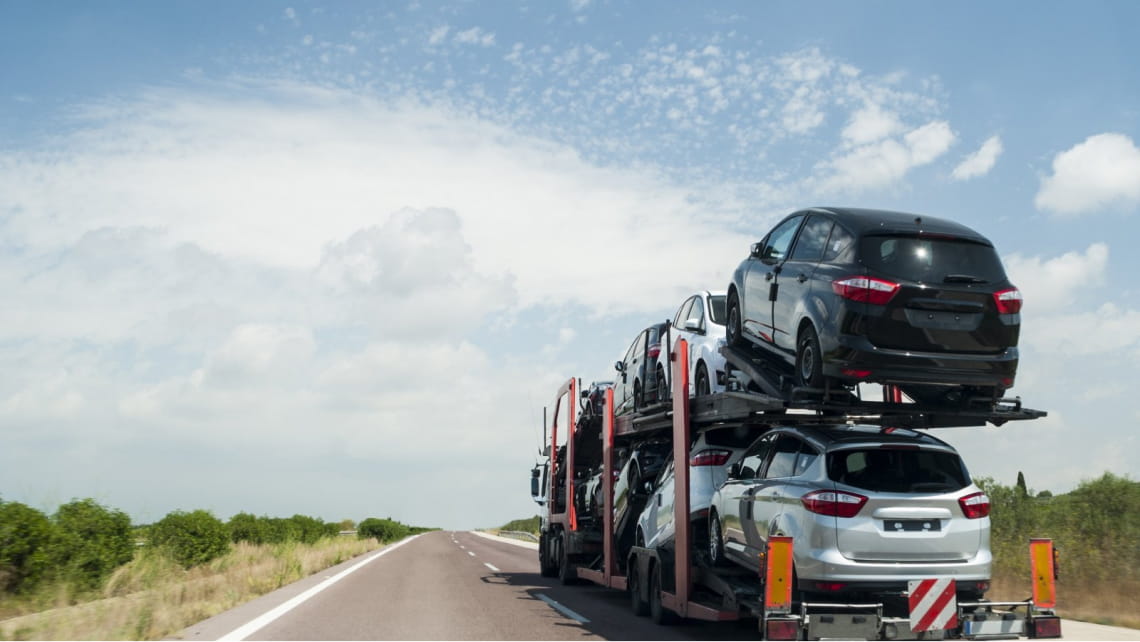What is Top Load Transport?

If you are not familiar with the auto transport industry, then a number of terms you stumble across may leave you wondering what they mean. For instance, do you know what a Bill of Lading is? What is the first available pick-up date referring to? Another one you may hear and not know is top-load transport, which is exactly what you want to ask for when arranging a classic car transport.
Depending on the type of car you are shipping, top-load transport may be an important term for you. Although you can sometimes get by without knowing what all the terms of an industry mean, wouldn’t you feel better if you did?
What exactly is top-load transport?
Understanding Top Load Transport
When you hear the term “top load,” the phrase refers to the area of the transport truck where your car is placed. Top load means your vehicle will be placed on the top, or highest, level of the transport truck. As you can see from the photo on the right, most transport trucks have two levels where cars are loaded. When you request top-load transport, and pay a little extra, it is guaranteed your vehicle will be placed on the top level. This location is ideal when arranging a classic car transport.

Other vehicles
If you decide to go with the most common type of transport, open car transport, then your car will likely be shipped with a number of other vehicles. Although most new vehicles are delivered to dealerships by open transport, those vehicles are all new. You can never know what condition the other vehicles on the truck are in, so if your vehicle is placed on the bottom level of the truck under an older vehicle, it may not be the best placement.
Many older vehicles tend to leak fluids, and if the vehicle is directly above your vehicle, fluids may leak onto your car. This leakage may not be a concern for most people shipping their vehicles, when shipping a classic car, by way of open transport, it is wise to pay the extra fees to ensure your vehicle is on top and safe from leaking fluids.
Road debris during classic car transport
If you are someone who frequently travels on the highway, then you know how much debris can be on the road. Dirt, rocks, car parts, and tire treads are part of the highway landscape. Unfortunately, road debris can fly up from under the tires of other vehicles, especially trucks, and come in contact with your vehicle. Flying rocks and even flying dirt can create small dings and dents to your car. In fact, at times, road debris can even crack windshields if it hits the window a certain way.
If your vehicle is loaded onto the bottom level, it is much more susceptible to flying road debris. However, having your car loaded onto the top level offers more protection.
It is up to you to decide if top-load transport is for you when transporting a classic car. Road debris and leaking fluids are definitely things that can happen, but not paying for top load doesn’t mean that they will. Adding top load to your order offers an extra peace of mind and an added safeguard to protect your vehicle.
If you are looking for full protection, and want more peace of mind, then you should think about shipping your vehicle by enclosed transport. That way, your vehicle is fully protected from outside elements and never comes in contact with rain, snow, or sun during transport.



